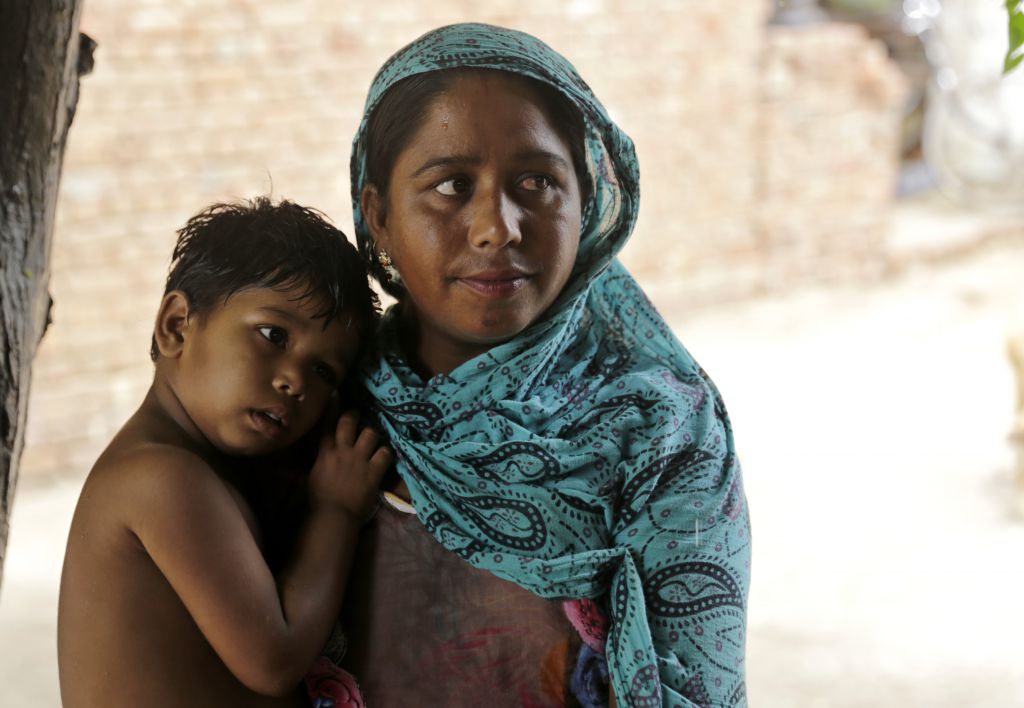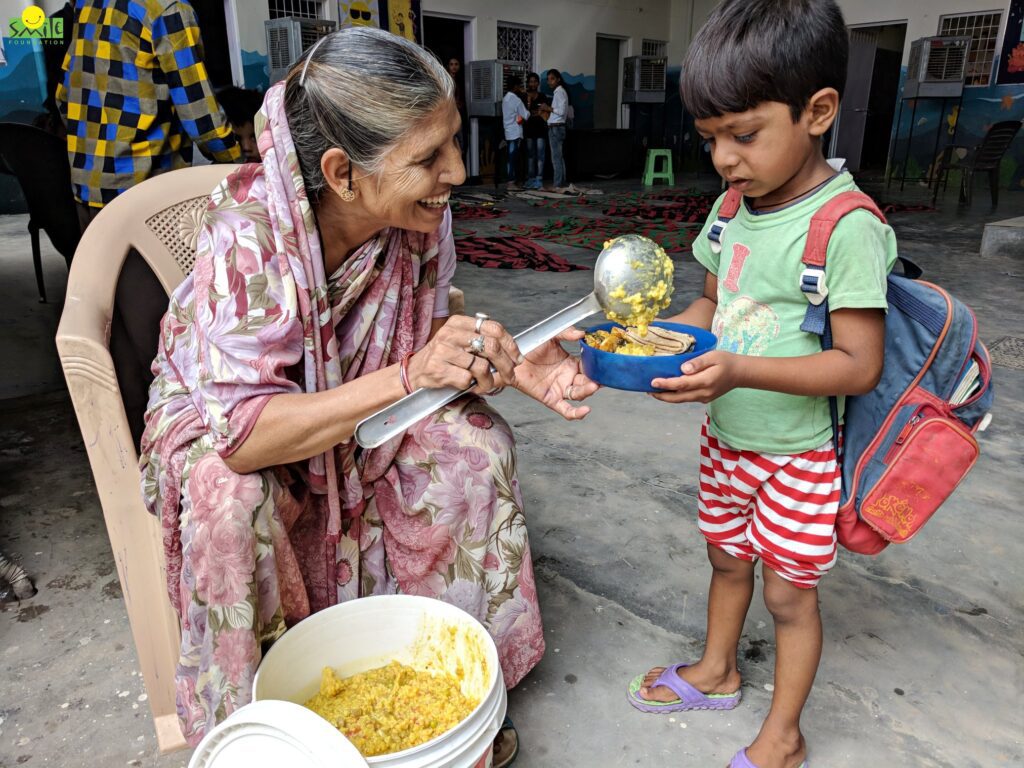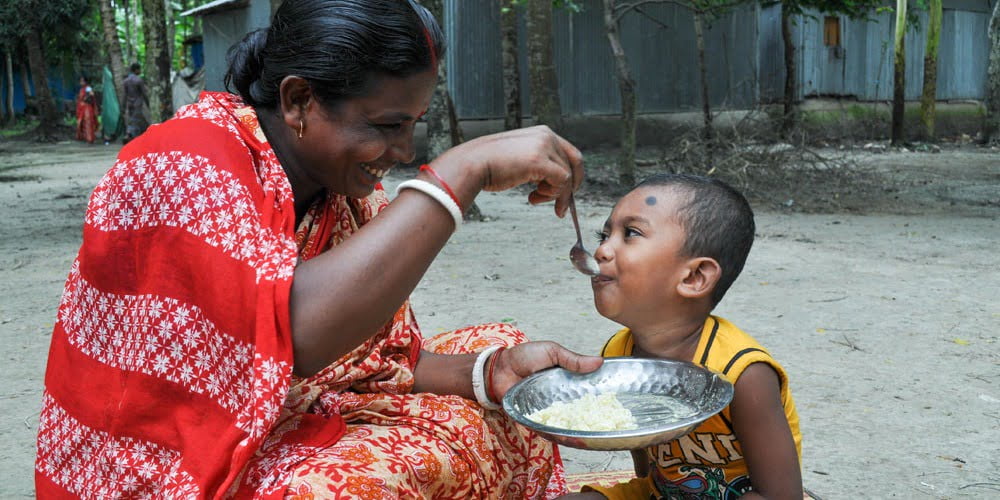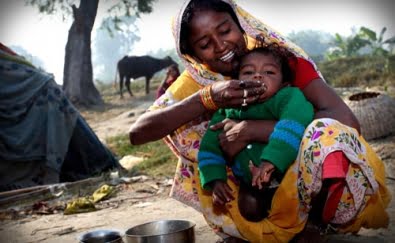Stunting, a pervasive issue affecting children globally, has shown a decline over the past decade. According to the latest report, the Joint Child Malnutrition Estimates of 2023, approximately 22.3% of children under the age of 5 worldwide are affected. This constitutes a significant improvement, but the figures reveal that the battle against stunting is far from won, with 148.1 million children impacted globally. Asia and Africa bear the brunt, accounting for 52% and 43%, respectively.
This means that approximately 24.6% of the world’s stunted children come from India, emphasising the scale of the issue.
India, unfortunately, mirrors these global percentages, with a persistent challenge of stunting. In 2012, the figure stood at a concerning 41.6%, and while there has been a decline to 31.7%, it remains higher than the global average. This means that approximately 24.6% of the world’s stunted children come from India, emphasising the scale of the issue.
Analysing the decline in stunting in India aligns with data from the National Family Health Survey (NFHS)-5 (2019-2021). The prevalence has reduced to 35.5%, a notable improvement compared to 38% in NFHS-4 (2016) and a substantial decrease from 48% in NFHS-3 (2006).
Stunting, defined as low height for age, imposes severe and irreversible physical and cognitive damage on affected children. This malnutrition issue extends beyond individual consequences; its devastating effects can transcend generations.
To comprehensively assess undernutrition, three crucial indicators are used: stunting (low height for age), wasting (low weight for height), and underweight (low weight). These metrics provide insights into the prevalence of different forms of undernutrition in a population.
However, despite some progress, the world is off-track to meet the global stunting target.
However, despite some progress, the world is off-track to meet the global stunting target. The current trend indicates an annual average rate of reduction (AARR) for stunting at only 1.65% from 2012 to 2022, falling far short of the required AARR of 6.08% from now until 2030 to achieve the global target.
Should current trends persist, an estimated 128.5 million children (19.5%) will be stunted in 2030, exceeding the target by 39.6 million. This alarming projection calls for urgent and strategic interventions to address the root causes of stunting.
Wasting: another concern
The situation becomes even more disconcerting when examining trends in wasting. In India, the prevalence of wasting in 2022 was 18.7%, contributing significantly to the global burden at 49%. Although obesity rates increased marginally from 2.2% in 2012 to 2.8% in 2022, India’s overall obesity classification remains low compared to the global prevalence of 5.6%.
Wasting, characterised by a child being too thin for their height, results from rapid weight loss or the failure to gain weight. Moderately or severely wasted children face an increased risk of death, emphasising the urgency of addressing this form of malnutrition.
The figures provided are not mere statistics; they represent a harsh reality. Nearly half of all deaths in children under 5 are attributable to undernutrition, magnifying the urgency to address the root causes of stunting and other forms of malnutrition.
The global hunger index and the state’s response
In the 2023 Global Hunger Index, India is positioned at 111th among the 125 countries for which adequate data is available to compute the 2023 GHI scores. Indicating a serious level of hunger, India attains a score of 28.7 in the 2023 Global Hunger Index. This measure utilises key indicators such as undernourishment, child mortality, child stunting, and child wasting for its computation. These statistics are derived from the Joint Child Malnutrition Estimates of 2023. India’s GHI score for 2023, standing at 28.7, falls into the category of seriousness according to the GHI Severity of Hunger Scale. This reflects a modest improvement compared to its 2015 GHI score of 29.2, also classified as serious. Notably, there has been significant progress when compared to its 2000 and 2008 GHI scores of 38.4 and 35.5, respectively, both categorised as alarming.
Notably, there has been significant progress when compared to its 2000 and 2008 GHI scores of 38.4 and 35.5, respectively, both categorised as alarming.
As per a press release released by the Ministry of Women and Child Development in March 2023, it claimed the figures in the GHI does not reflect India’s true picture and is not reflective of the state’s interventions: ‘As per the Global Hunger Index 2022 report, the prevalence of undernourished in the population stands at 16.3%, child stunting is at 35.5%, child wasting is at 19.3%, and child mortality rate is 3.3%. The value of ‘prevalence of undernourished in the population’ is flawed as it is based on an opinion poll conducted on a very small sample size and does not take into account the series of measures taken by the Government of India to ensure food security in the country.’
It further added and talked about the Poshan Abhiyan. POSHAN Abhiyaan has been rejuvenated and converged as ‘Saksham Anganwadi and POSHAN 2.0’ (Mission Poshan 2.0). It seeks to address the challenges of malnutrition in children, adolescent girls, pregnant women, and lactating mothers through a strategic shift in nutrition content and delivery and by creating a convergent eco-system to develop and promote practices that nurture health, wellness, and immunity.
In her insensitive response to a question during a FICCI event in Hyderabad, Union Minister Smriti Irani claimed that the Global Hunger Index was compiled by surveying 3,000 people in India and asking them if they were hungry.
‘For instance, Global Hunger Index that makes headlines now, many a people have said it’s all hogwash. How do they build that indice? 3,000 people in a country of a 140 crore get a phone call from Gallup and they are asked, ‘Are you hungry?’’
Combatting stunting and wasting: what could be improved?
Despite these efforts and the state’s ignorance of the alarming rates, the battle against stunting in India is complex and multifaceted. The decline in prevalence is a positive sign, but the absolute numbers of stunted children remain alarmingly high. A holistic approach that tackles the root causes of malnutrition is crucial to achieving sustained progress.
India has exhibited substantial political determination in reshaping the food and nutrition scenario, evident through initiatives like the National Food Security Act, Poshan Abhiyan (National Nutrition Mission), PM Garib Kalyan Yojna, and National Mission for Natural Farming. Despite these commendable efforts, there remains potential for enhancement. The most significant advancements in India’s GHI scores, ranking, and the tangible welfare of its children would likely materialise by specifically tackling the persistently high rates of child wasting and child stunting.
Educational and economic disparities, inadequate healthcare infrastructure, and cultural factors contribute to the persistence of stunting in India. A more targeted and community-specific strategy is needed to address these issues effectively. The government’s initiatives, such as the Poshan Abhiyan, must continue to evolve to adapt to the changing landscape of malnutrition.
In conclusion, while there is evidence of progress, the battle against stunting in India is far from over. The government, along with various stakeholders, must continue to implement comprehensive strategies that address the root causes of malnutrition. Only through sustained efforts and a multi-dimensional approach can India hope to significantly reduce the prevalence of stunting and provide a brighter future for its children.
About the author(s)
Anuj is an urban practitioner and an independent writer. He's mostly interested in Feminist Urbanism and the intersection of various identities in the urban. He is a graduate of the Indian Institute for Human Settlements and has disciplinary training in Urban and Regional planning.









